How the rise of Polish immigration in Binghamton still resonates
There are so many institutions in our region that opened to provide a place for service and comradery to particular groups. I have written about churches, and libraries, and even gas stations that seem to be focal points for our community. Rarely, though, have I written about social clubs – especially those that have reached the century mark in service. In particular, ethnic clubs that made their mark on our area.
This year, the Polish Community Center marks its century mark. That is a benchmark that few can claim. In the 1920s, many groups representing one ethnic group or another began to form. The numbers of immigrants to our area had begun to level off after the end of World War I, and thousands of new arrivals were now working in the cigar factories, shoe factories, and one of the many other hundreds of businesses in Broome County.
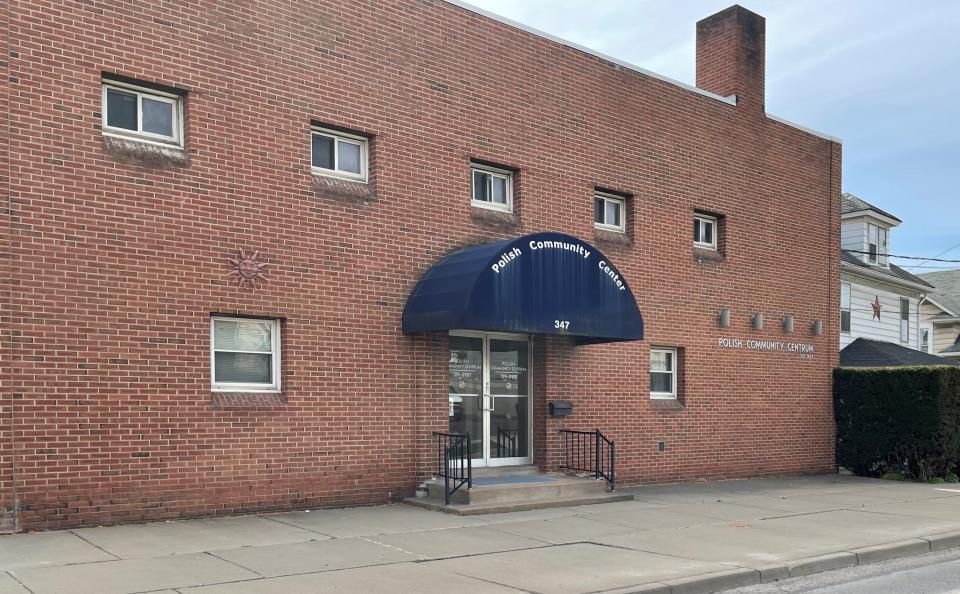
Since the late 1800s, the number of Polish immigrants continued to increase through the first two decades of the 20th century. Many of those immigrants settled in an area in and around Prospect Street. Some have referred to that area as Polish Heaven – that section between Prospect Street and Downs Avenue that is in the Town of Dickinson between the boundaries of Binghamton and Johnson City.
By 1923, there were 15 different Polish societies that existed – each representing different segments of Polish society and culture. Many of those members attended St. Stanislaus Koska Church on Prospect Street. While each was important to its members, some of the leaders began to have discussions that there needed to be one center where all could come for meetings, functions, weddings, plays, and many other events. They felt the need for one focal point for all of the groups.
Development: SUNY Broome plans land acquisition. What it means for the college, area residents
Spiedie Fest 2023: Who's performing, how much concert tickets will cost
More history: Do you remember these Binghamton restaurants from 60 years ago?
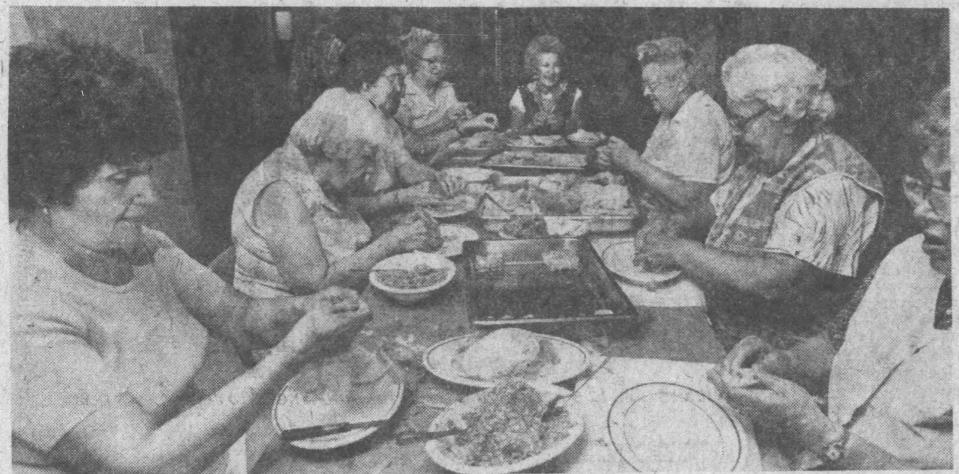
By 1922, serious discussions were underway to raise funds and find a location for a center for the Polish community. Walter Szeezepanski, president of the Polish Community, Inc., Anthony Goroch, Stanilsaus Opalach and many others began the effort to create that center. There were continued efforts to raise $35,000 toward the construction of such a center that would bring all of the societies and groups into one facility.
Event after event was held with much of the proceeds going toward the building fund. There was a stumbling block with the initial hope that they could purchase the old Stella school located just a few hundred feet away from St. Stanislaus church. They wanted to tear down the old wooden school and build a new center, but the old school would be replaced by a new brick school structure on the same site.
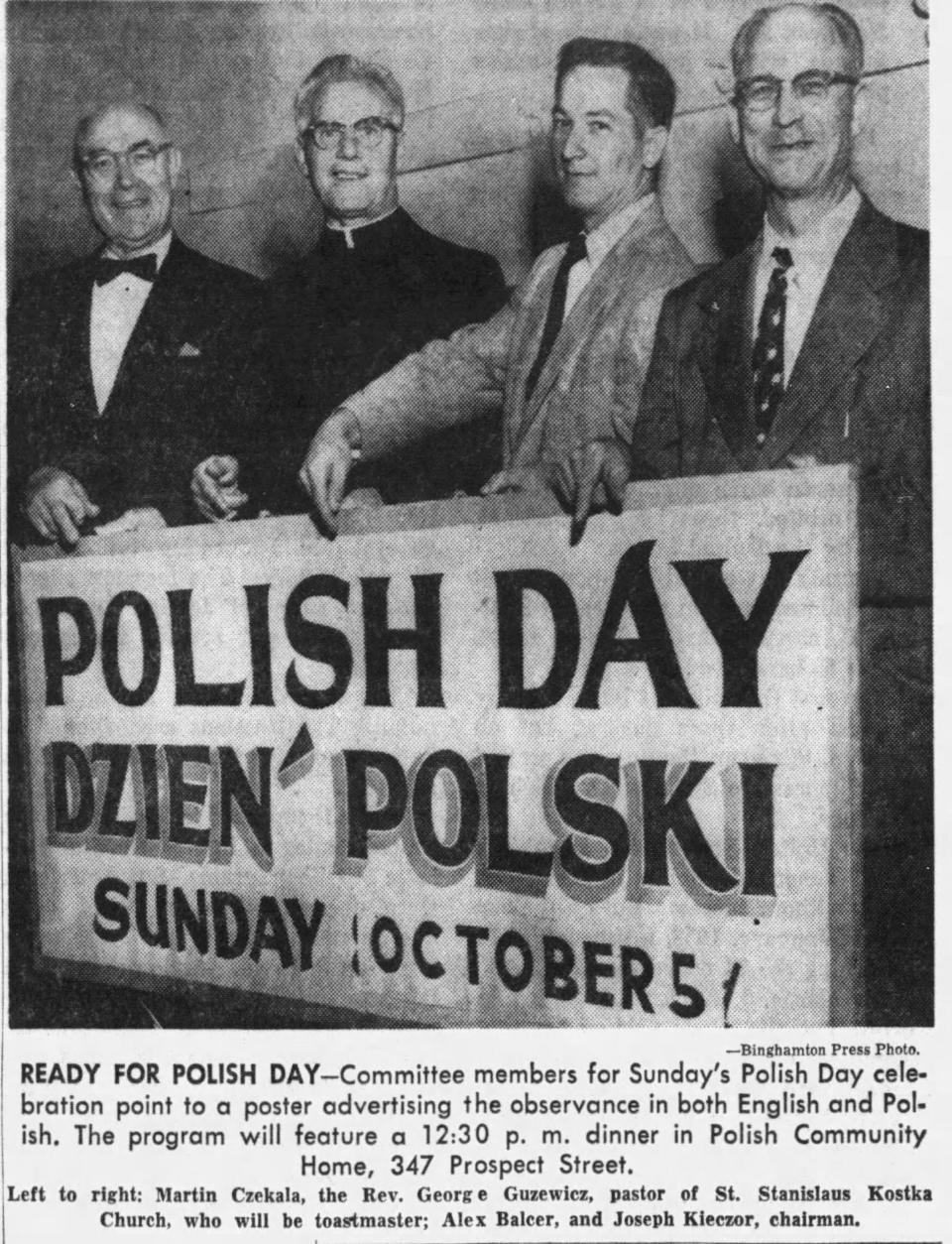
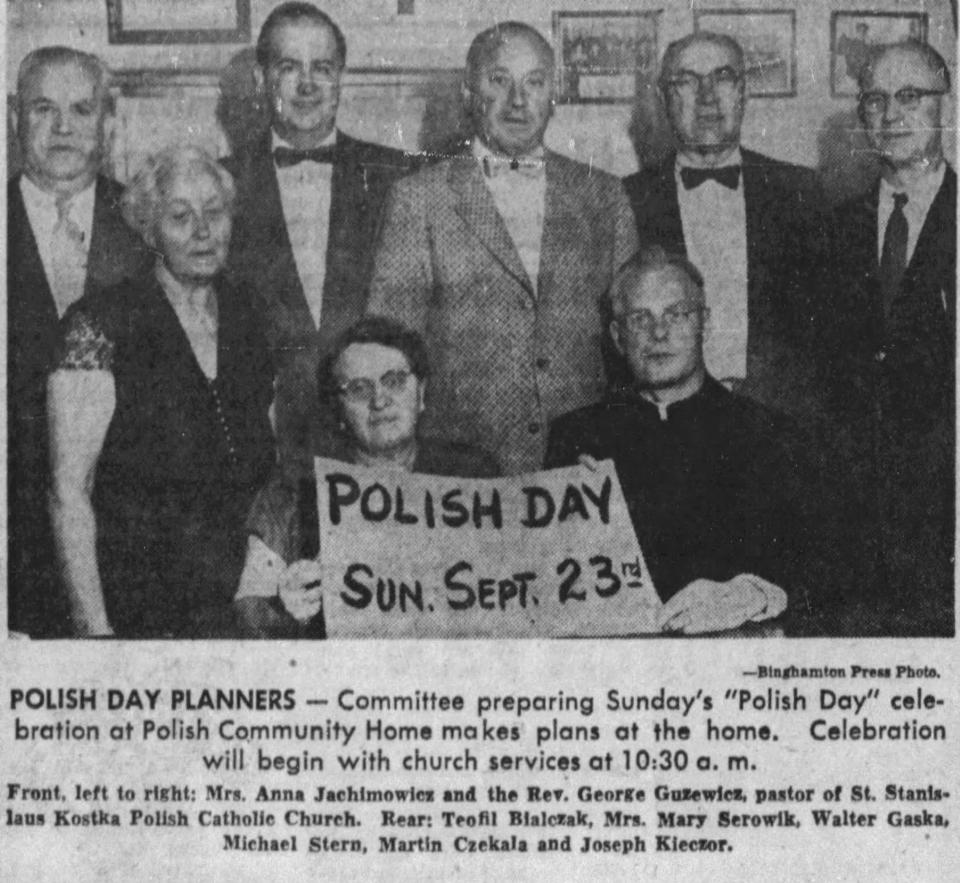
But as that door closed, another opened with the sale of the Mabel McNamara lot in June 1923 to the organizing group. Construction soon began on the basement level of the new structure. By November 1923, that portion was completed and sealed off for the winter with offices and rooms already available for some use during that period.
By late March 1924, construction on the two-story structure above ground was continuing at a fever-pitch rate to complete. The building of 100 feet by 68 feet provided an auditorium/gym, kitchens, bowling alleys, showers, and a variety of meeting rooms for multiple functions. The grand opening was on Sunday, April 27, 1924, with Polish Young Men’s Club president Teofil Ambo presenting the dedication program.
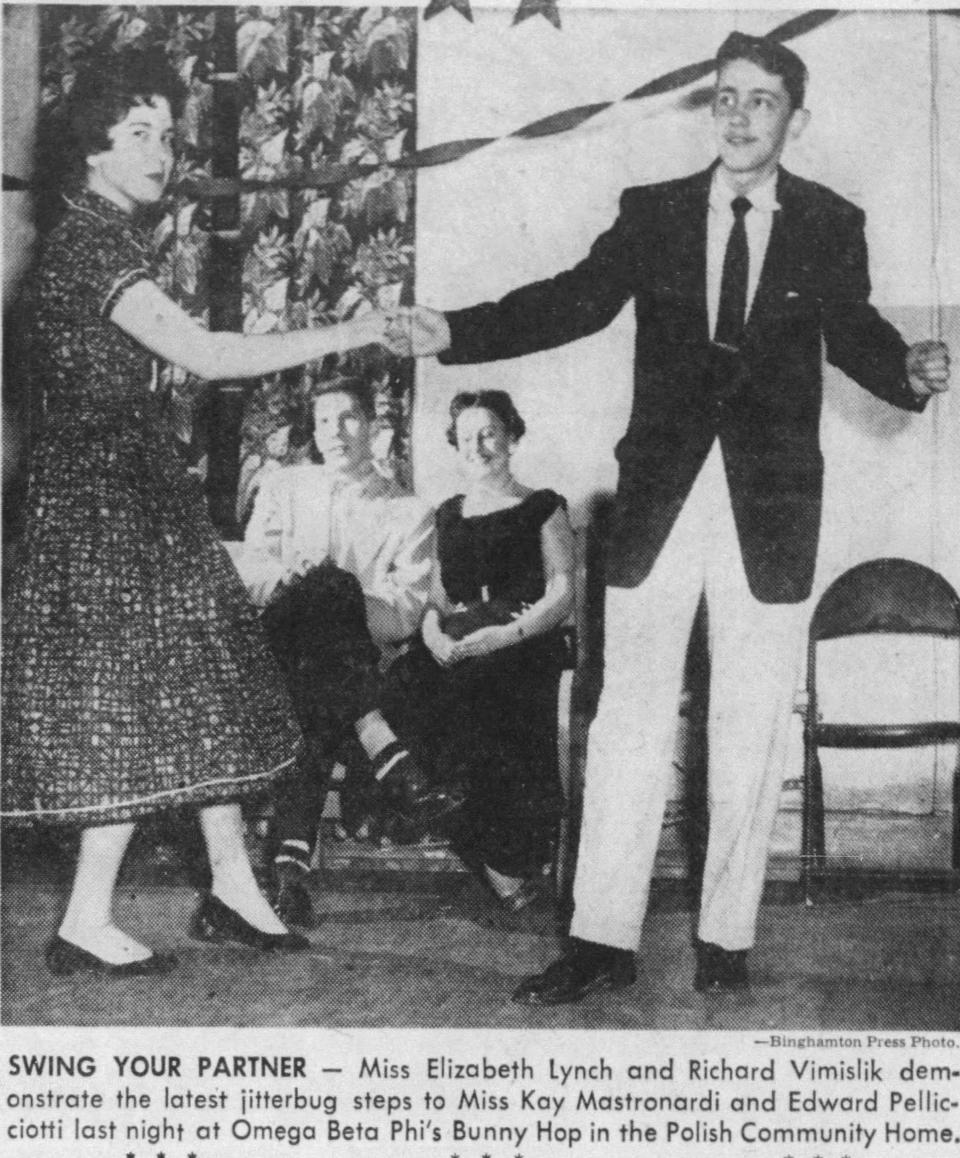
After the opening, the Polish Community Center (sometimes also called Polish Community House) continued its mission to provide a shelter and focal point for the entire Polish community in the region. For the next 100 years, this simple building was the scene of countless weddings, dances, plays, and commemorations of Polish culture and history.
During those 100 years, the nature of that community has evolved and changed – as it has with many of the ethnic groups that arrived in our area during that period. Families have moved away; the traditional industries have closed – as have some of the churches these groups attended and were the center of their lives. Yet, through all of this change, the Polish Community Center has remained a constant source of focus for this one ethnic community. That continual existence is something of which to be very proud.
Gerald Smith is a former Broome County historian. Email him at historysmiths@stny.rr.com.
This article originally appeared on Binghamton Press & Sun-Bulletin: Binghamton history: Polish Community Center still center of culture

 money
money 